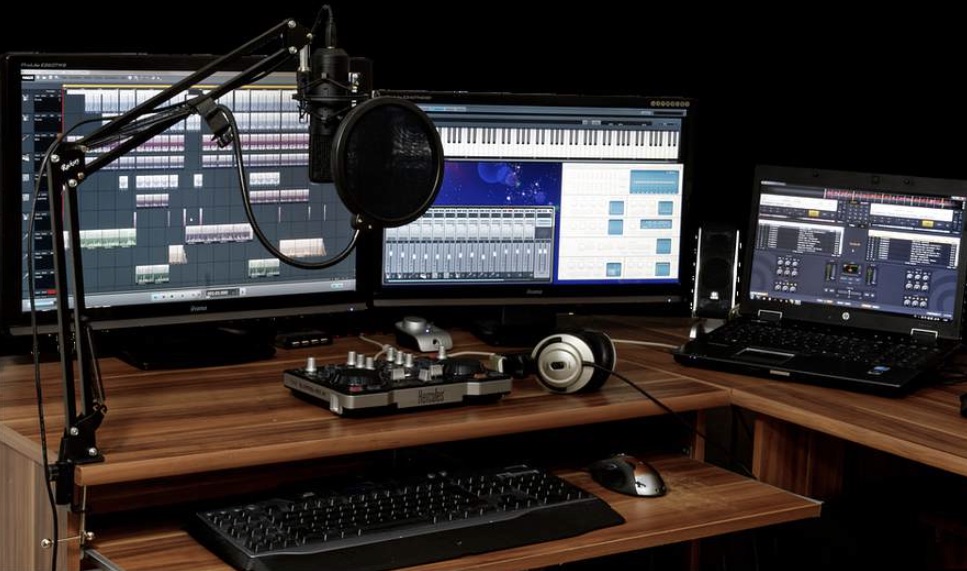Four Classic Recording Strategies for a Digital World
A mental “time tunnel” to help you check your modern mode at the studio door.

Getting the sound and vibe of your favorite ’60s and ’70s albums on a laptop can be frustrating. You don’t have the big studios, the vintage microphones, or the brilliant recording engineers, but you do have tons of digital models, plug-ins, and processors that can simulate classic sounds.
You just need a “vintage brain” to make it all work. Here’s a mental “time tunnel” to help you check your modern mode at the studio door.
Hands Off The EQ
Many classic engineers used mic placement to craft tones – not board EQ. Get your sound by manipulating amps, cabs, and mics, and resist the temptation to barrage your tone with EQ tweaks.
Delete Cut-and-Paste
Digital editing was but a dream in the ’70s, so artists often tracked continuous takes, which really upped the energy level – even if a few minor clams snuck in.
Don’t be so fast to comp performances. Try to capture “all-in-one” takes, and revel in the excitement factor – which is what great performances are all about anyway.
Don’t Get Wet
Classic tracks often used the natural ambience of the studio itself to achieve dimension, and, as a result, you might perceive the audio landscape to be somewhat dry. Good. Don’t destroy a great track with gobs of digital reverbs with long decays. Be subtle.
Forget The Solo Button
As bands recorded in the same room, signal bleed was a significant element of the overall sound. If you didn’t track that way, it’s hard to simulate bleed, but don’t add to the problem by soloing individual tracks and tweaking them separately during the mix.
Put up the entire rhythm section and adjust tones without soloing. Always use the “group sound” approach to emulate an organic, unified, and amalgamated sonic foundation.
Get The Pick Newsletter
All the latest guitar news, interviews, lessons, reviews, deals and more, direct to your inbox!
“Write for five minutes a day. I mean, who can’t manage that?” Mike Stern's top five guitar tips include one simple fix to help you develop your personal guitar style
"It’s like you’re making a statement. And you never know where it’ll lead." Pete Thorn shares the tip that convinced Joe Satriani he was the right guitarist for the SatchVai Band










